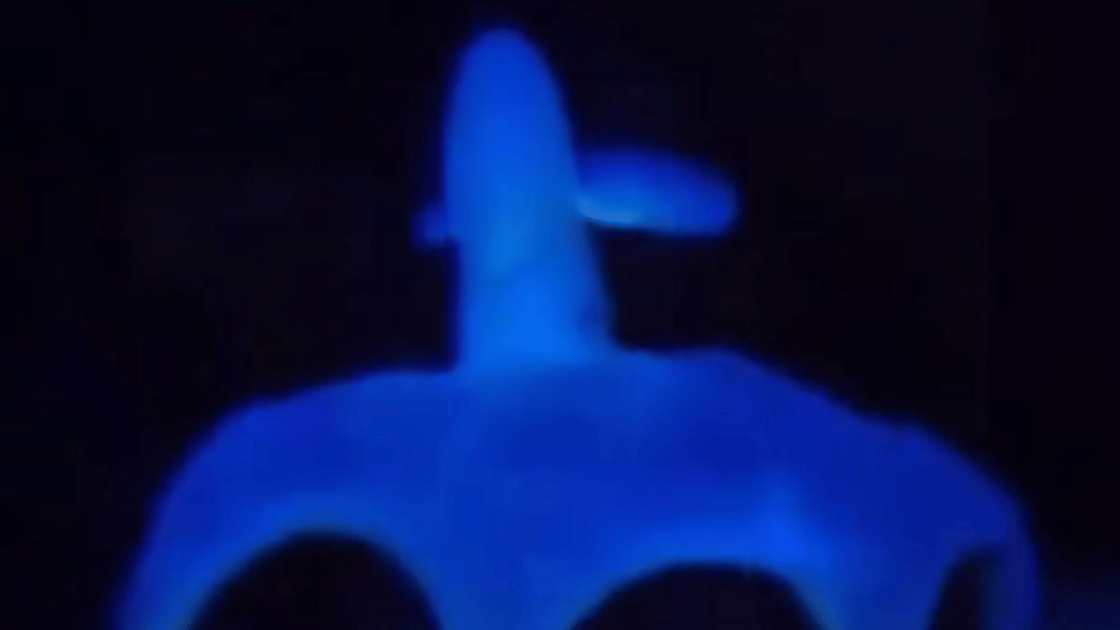The big-finned jellyhead octopus is the common name for this Cirroteuthis muelleri.

The big-finned jellyhead lives along the ocean floor at depths over 6,000 ft. They can only be reached via submersible which makes them tricky to study.

The big-finned jellyhead octopus is the common name for this Cirroteuthis muelleri.

The big-finned jellyhead lives along the ocean floor at depths over 6,000 ft. They can only be reached via submersible which makes them tricky to study.